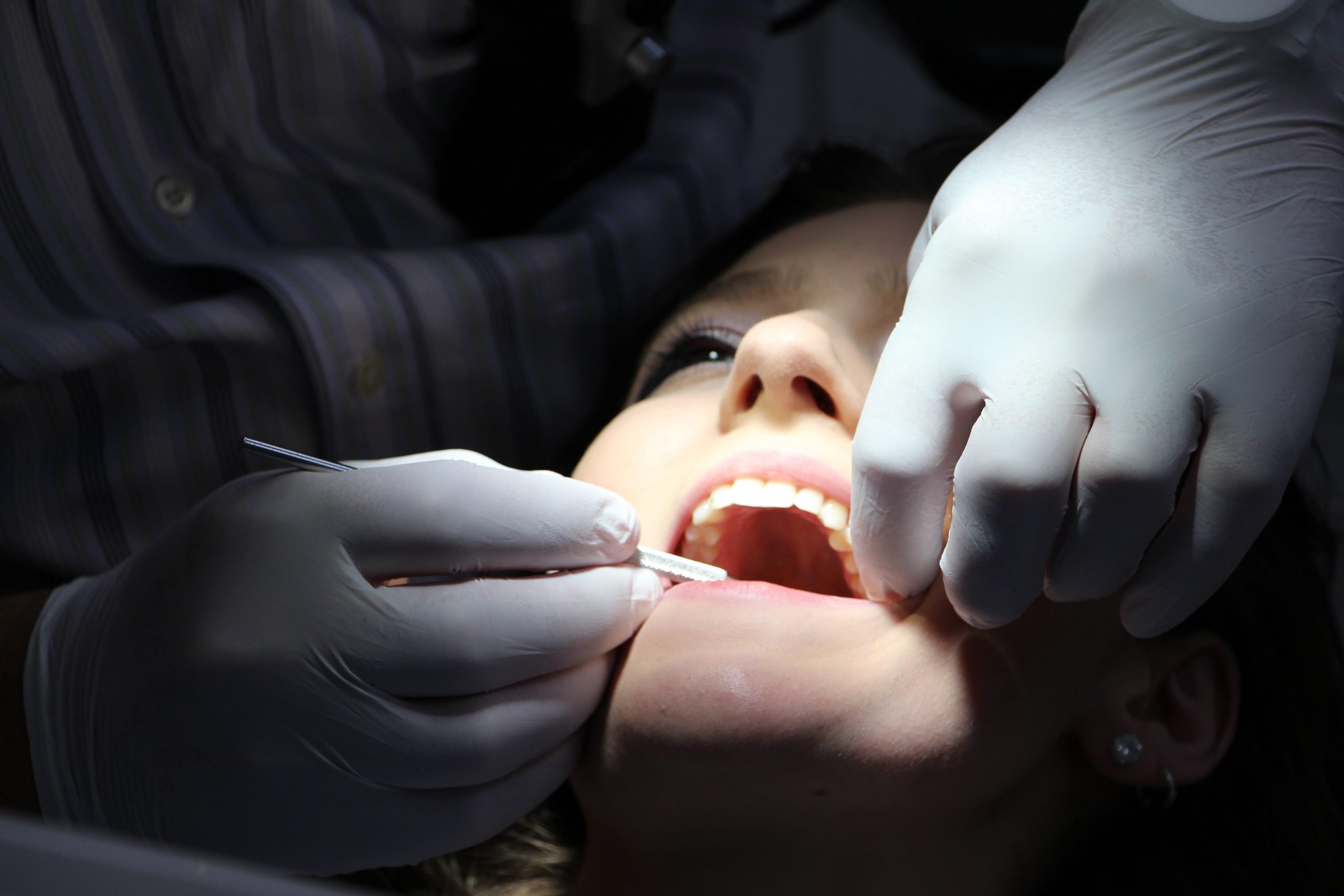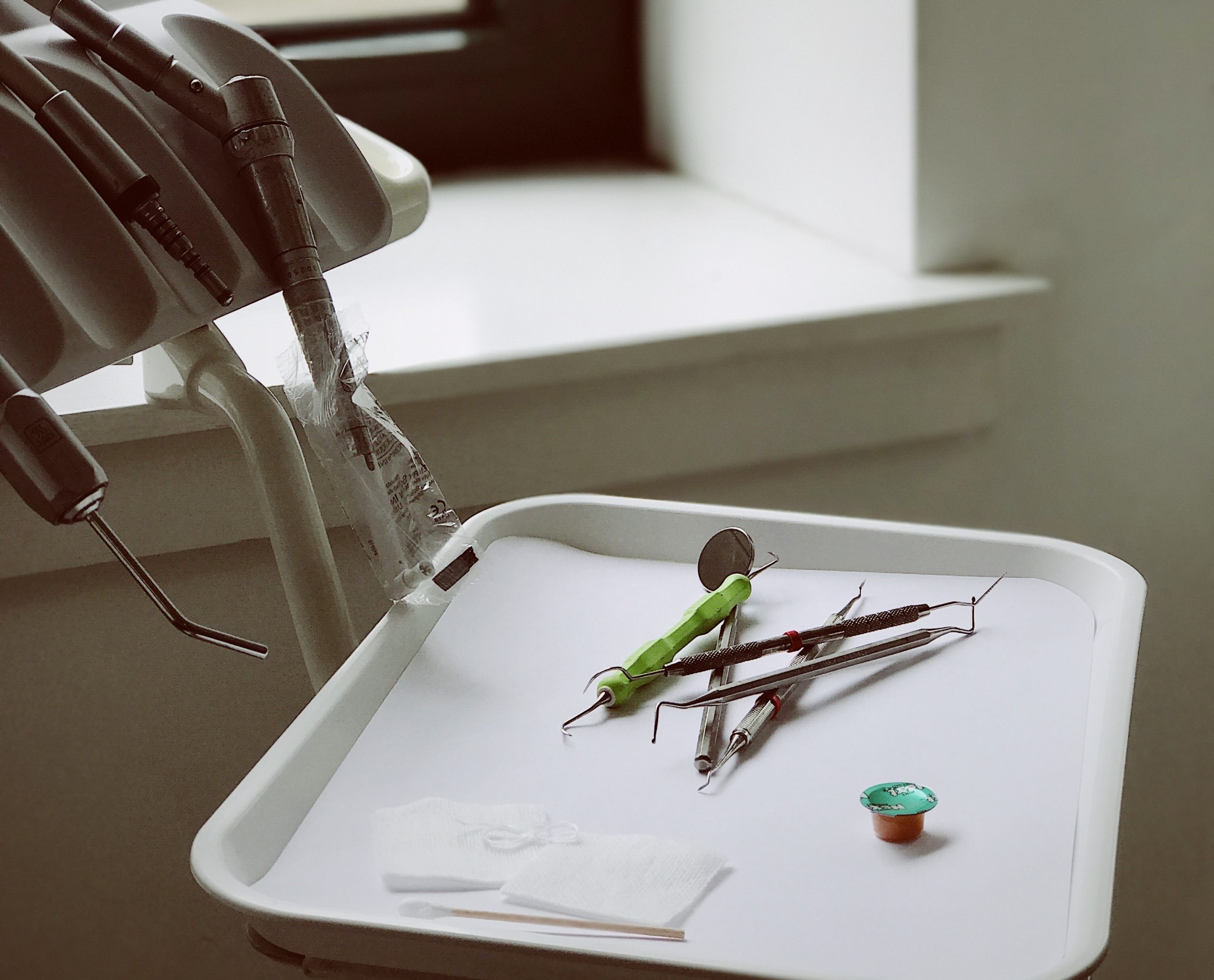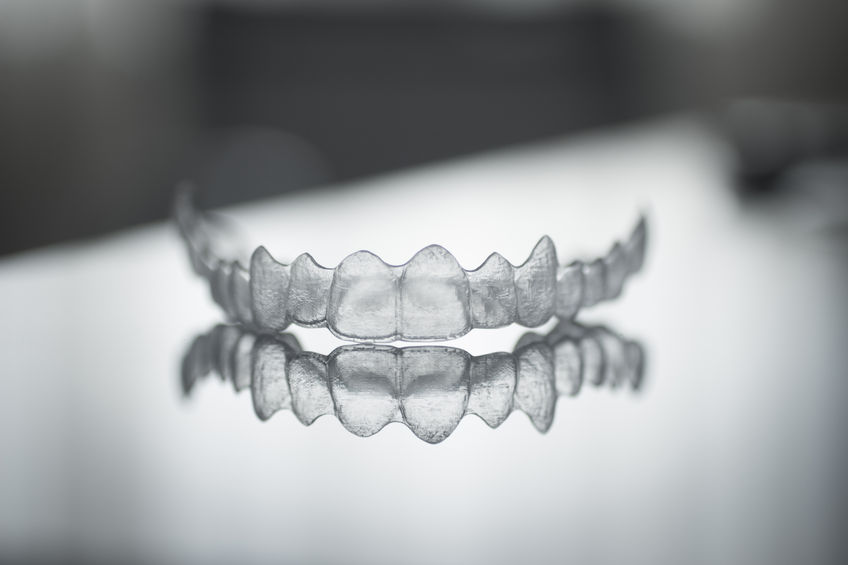
What Is Invisalign and Why It Could be Right for You
January 10, 2018
Case Study: How We Use The Pinhole Procedure For Receding Gums
January 3, 2019New Smile Gallery
For many people, a beautiful smile is priceless. However, when it comes to clear aligner braces, some patients wonder whether they should opt for self-treated braces to save money. Before making this decision, consider a few things. After All, it’s your smile.
Traditional metal braces require a complicated installation and maintenance process. In comparison, clear aligner braces seem relatively simple to insert. Since they are easier to insert and remove, some companies offer self-managed kits that the user receives in the mail. Some patients are beguiled by the idea of a straighter smile at a lower price tag and without ongoing orthodontist visits. However, since patients use these DIY kits without professional supervision there are risks to consider.
Before purchasing a clear aligner braces kit, be sure to consider what the experts say. In addition, we included a list of questions to ask to see whether a product or service is a good choice for you.
What Do The Experts Say About DIY Clear Aligner Braces?
The American Association of Orthodontists released a consumer alert to inform patients considering clear aligner braces. They point out that any dental treatment that doesn’t involve meeting face-to-face with a professional is risky. Orthodontics involves moving “biological material.” If done incorrectly, irreversible damage like altered bites and tooth and gum loss may occur.
Many patients do not realize that the US Food and Drug Administration does not regulate orthodontics or dentistry. Although they consider aligners to be prescription devices, they leave regulation to state dental boards.
However, professional organizations offer recommendations. In November 2017, The American Dental Association issued a resolution discouraging DIY dental straightening services that happen without the supervision of an orthodontist.
Dr. Craig Ratner, chair of the ADA Council on Dental Practice said:
“This year’s ADA House of Delegates recognized the need for the ADA, as America’s leading advocate for oral health, to take steps to educate patients about the potential pitfalls of self-managed orthodontic treatment. This new policy supports the importance of dentists being in charge of diagnosing and treating patients to ensure the safe delivery of appropriate care.”
As the ADA notes, a licensed dentist does more than simply insert aligner braces. The full range of services include:
- Comprehensive oral examinations and periodontal examinations
- Imaging and radiographic examinations
- Professionally studying models of scans of the mouth
- Planning treatment and prescriptions
- Periodic progress assessments and adjustments as needed
- Final assessments and taking necessary stabilizing measures
Perhaps most importantly, it is imperative to your dental health to make sure that your jaw and teeth can sustain realignment. This requires an in-person examination with a skilled orthodontist.
Ten Questions To Ask When Considering Whether An Invisible Aligner Braces Service Is For You
1. Does The Fee Include In-person Examinations With A Licensed Dentist?
How often will you meet with a dentist? How will they oversee the process? Who will evaluate the day-to-day progress of your treatment?
2. What Is The Diagnostic Process?
Will you meet with a licensed orthodontist or dentist? Find out whether they will use x-rays or other modern digital imaging techniques before starting treatment. These images help a professional access whether the patient would benefit from the treatment and whether the jaws or teeth can withstand treatment. It is imperative to have all cavities removed before starting treatment since clear aligners can make for a great environment for cavities to grow. Also x-rays will be used to evaluate bone health. If you have any signs of periodontal disease, braces are not an option until the disease is treated.
3. What Other Treatment Options Are Available?
Does the practice or company only offer one specific brand of dental appliance? Do they offer more than one treatment option? An experienced dentist or orthodontist aims to use the most appropriate treatment for each patient. If the practice only offers one treatment option, how do you know they had your best interests are heart when recommending it?
4. Will A Qualified Dentist Oversee Your Treatment?
One benefit of seeing a local dentist is to have an expert who oversees your entire treatment process. Find out who will manage your invisible aligner brace treatment. What qualifications does this person have? Did this dentist attend an accredited university? How often will they review your case?
5. If The Treatment Doesn’t Go As Planned, Who Will Take Responsibility?
In real life, things don’t always go as planned. The same applies to straightening teeth. A dentist or orthodontist makes adjustments to keep the treatment progressing in a healthy way.
One of the biggest drawbacks of DIY kits is the lack of supervision, evaluation, and adjustment. An experienced professional also knows when to stop a course of treatment in rare cases, often the professional recognizes contraindications during exams and are less likely to initiate a treatment that won’t be successful.
6. How Do You Know Whether You Gums And Teeth Are Ready For The Treatment?
Healthy gums and teeth are essential to your dental health and to the success of any straightening treatment. A dentist that evaluates your dental health is less likely to offer inappropriate treatment options. What education will you receive about daily hygiene and maintenance?
Be aware that risks are part of any medical treatment. Who will educate you about these risks and what symptoms you should watch out for?
7. In The Case Of An Emergency, What Should You Do?
One problem with using an online practice and a DIY kit is emergency treatment. Who will fix your appliance if it is unexpectedly damaged or destroyed? What plans are in place to treat any damage to your mouth or teeth? What contingencies are recommended?
8. What Dispute Resolution Process Must You Agree To?
Some online companies require their customers to go through arbitration rather than use the legal system. Often they choose the arbitrator. Be sure to scrutinize the fine print to see what dispute resolution process they require. Also, check to see how it complies with regulations in your state and the state’s dental board.
9. What Are The Potential Hidden Costs?
In some cases, you will be responsible to find your own dentist to pay attention to your dental health. In addition to this added expense, you may have out-of-pocket expenses in the case of an emergency. Does your dental insurance plan cover DIY teeth straightening kits? What might it cost to treat damage if the aligners do not fit correctly or are incorrectly manufactured?
10. Is Your Treatment Personalized To Your Needs?
Personalized care is why a dental professional takes x-rays, photographs, digital images, or 3-D dental molds. In addition to evaluating your dental health, the dentist identifies appropriate treatment options after carefully examining images and models, the dentist. The dentist then discusses the range of options that may suit your needs.
Personalized care doesn’t stop there, throughout the treatment process your dental professional evaluates progress and fine tunes the treatment as needed.
Charlotte residents have trusted their smiles to Southview Dentistry for nine years. Contact us for a thorough evaluation and to help you consider your best treatment options for the smile you want.




